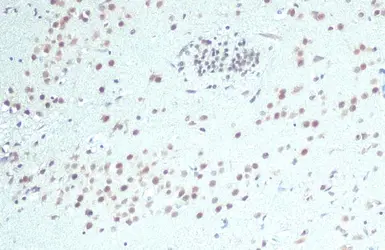hnRNP A2B1 antibody
Cat. No. GTX127928
Cat. No. GTX127928
-
HostRabbit
-
ClonalityPolyclonal
-
IsotypeIgG
-
ApplicationsWB ICC/IF IHC-P
-
ReactivityHuman, Mouse, Rat











